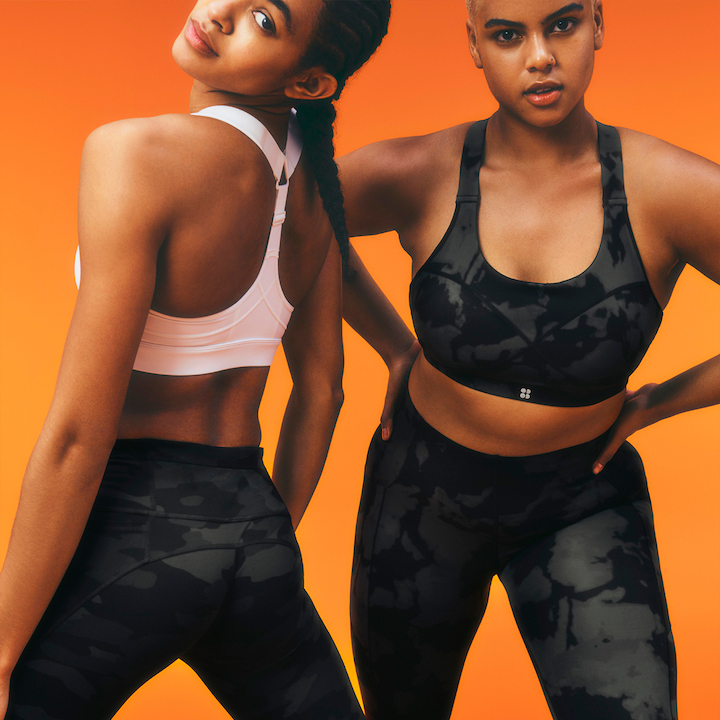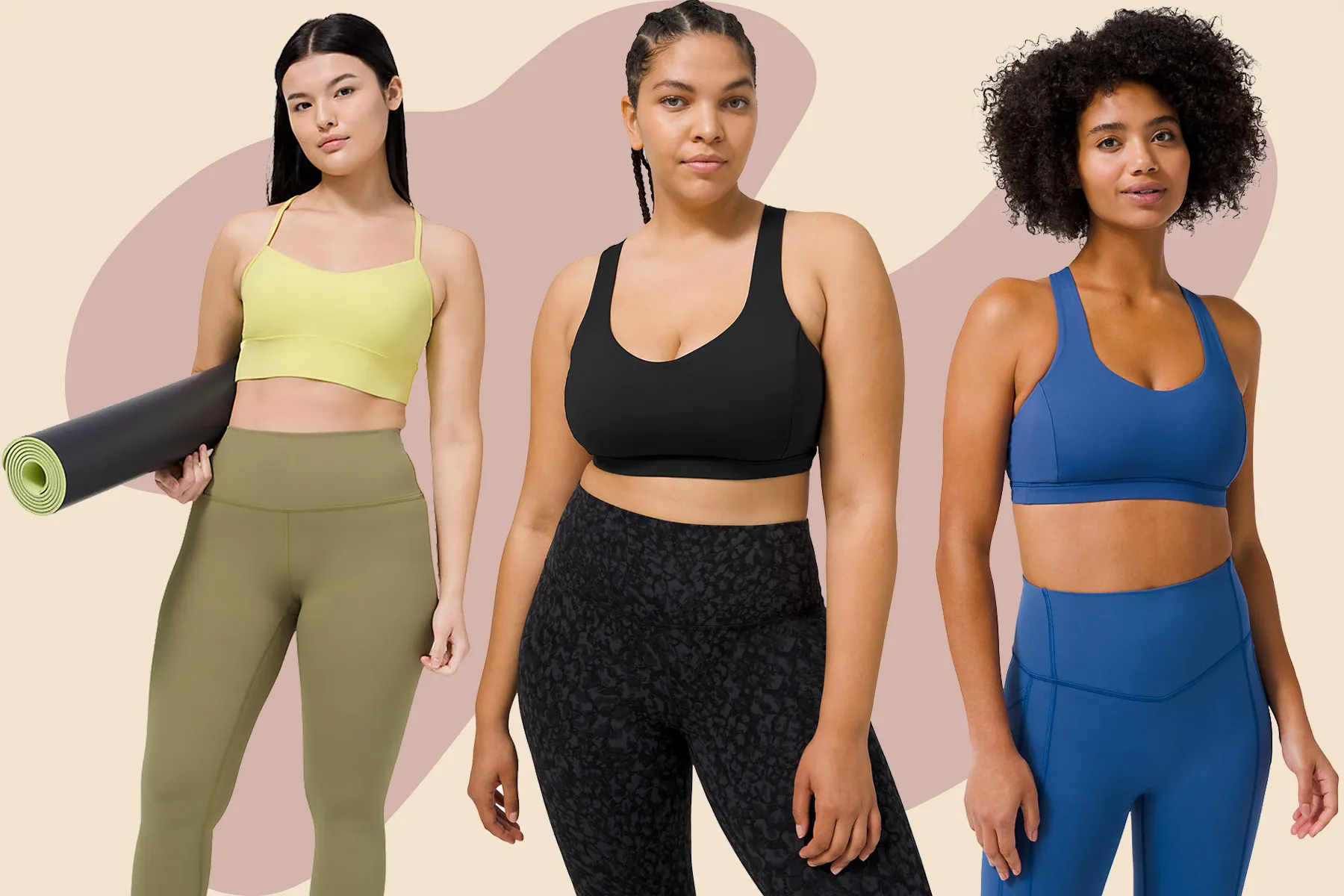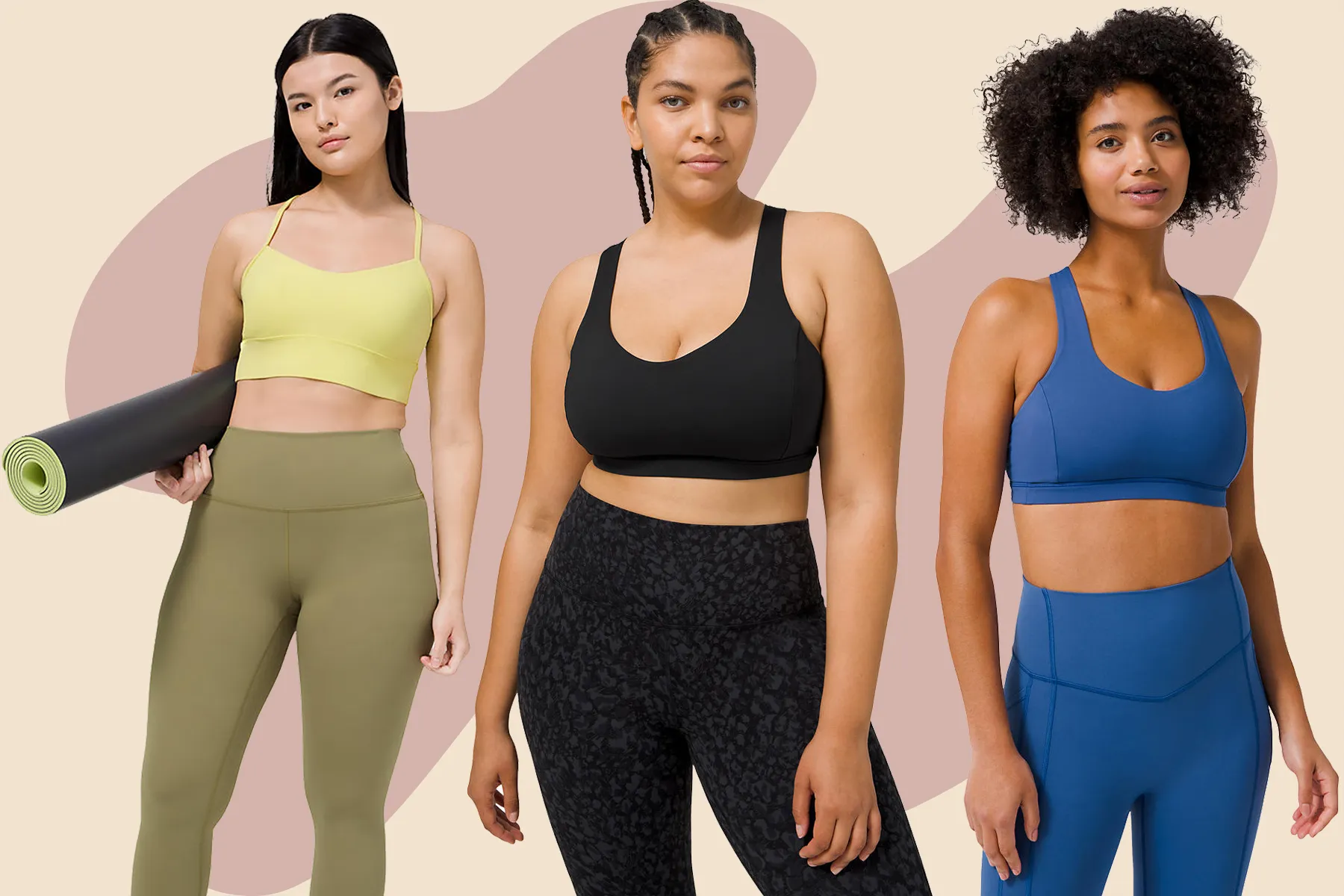Title: The Evolution of Activewear: From Function to Fashion
In the ever-evolving world of fashion, few trends have made as significant an impact as the evolution of activewear. Once primarily associated with functionality and performance, activewear has transcended its original purpose to become a prominent fixture in both athletic and everyday wardrobes. This shift from pure utility to a fusion of functionality and fashion reflects broader societal changes and shifts in consumer preferences.
Historically, activewear was designed with a singular focus on performance. Whether it was for running, yoga, or weightlifting, functionality was paramount. Fabrics were chosen for their moisture-wicking properties, breathability, and durability. Designs were often simple and utilitarian, prioritizing movement and comfort over style. Brands like Nike, Adidas, and Under Armour emerged as leaders in this space, focusing on innovation and technological advancements to enhance athletic performance.
However, as fitness and wellness became more integrated into mainstream culture, activewear began to undergo a transformation. With the rise of athleisure—a trend that emphasizes wearing activewear not just for exercise but also for casual everyday wear—activewear brands started incorporating elements of fashion into their designs. This shift blurred the lines between gym attire and streetwear, giving rise to a new category of clothing that seamlessly transitioned from the yoga studio to brunch with friends.
Celebrities and influencers played a crucial role in popularizing this trend, often seen sporting stylish activewear in their day-to-day lives. Suddenly, leggings, once reserved for the gym, became a fashion staple, paired with oversized sweaters or crop tops for a chic and comfortable look. Sports bras were no longer hidden under layers of clothing but became fashion statements in their own right, with bold colors, intricate designs, and stylish cutouts.
As consumer demand for fashionable activewear increased, so did the competition among brands. Companies began investing heavily in design, collaborating with high-profile designers and celebrities to create limited-edition collections that combined style with performance. Luxury fashion houses also entered the activewear market, offering high-end athleisure pieces crafted from premium materials and adorned with their iconic logos.
Technology continued to play a crucial role in the evolution of activewear, with advancements in fabric technology allowing for greater versatility and performance. Fabrics with compression properties became popular for their ability to sculpt and support the body, while seamless construction minimized chafing and irritation during workouts. Additionally, the incorporation of sustainable materials and practices became a priority for many activewear brands, reflecting a growing awareness of environmental issues among consumers.
Today, activewear occupies a central position in the fashion landscape, transcending age, gender, and lifestyle. Whether it’s for a workout, running errands, or lounging at home, activewear offers both comfort and style in equal measure. The evolution of activewear—from its humble beginnings as functional gym attire to its current status as a fashion-forward wardrobe essential—serves as a testament to the ever-changing nature of fashion and the power of innovation to transform an industry. As we continue to embrace wellness and prioritize comfort in our daily lives, activewear will undoubtedly remain a cornerstone of modern fashion for years to come.



